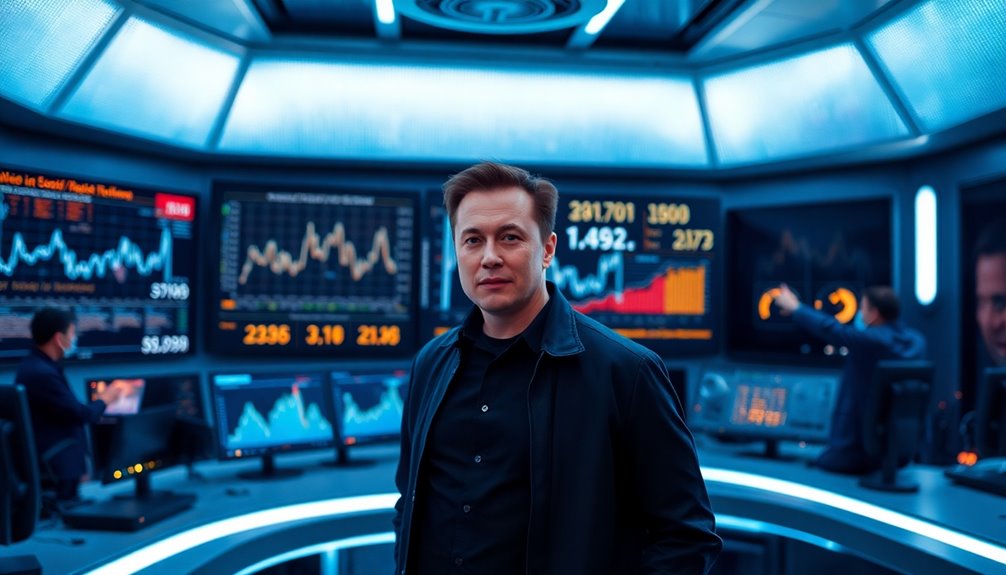You've probably heard about Elon Musk's Grok 3 making waves in the AI world. It's not just hype; this model has actually outperformed heavyweights like GPT-4o and Gemini-2 Pro. With a remarkable boost in computing power and innovative training methods, Grok 3 is setting new standards. But what does this mean for the future of AI technology and its applications? There's more to uncover about its implications.

As Grok 3 emerges from Elon Musk's xAI, it's already challenging the status quo in the AI landscape, claiming to outperform established giants like OpenAI's GPT-4o and Google DeepMind's Gemini-2 Pro. With a tenfold increase in computing power compared to its predecessor, Grok 3 is setting new benchmarks in performance. It's trained on synthetic data, which allows it to reflect on its mistakes, enhancing its logical consistency and reasoning capabilities. This innovative approach gives Grok 3 an edge over competitors, particularly in math, science, and coding benchmarks, where it scored an impressive 52, 75, and 57, respectively.
You'll notice that Grok 3 outshines other models, including DeepSeek-V3 and Anthropic's Claude 3.5 Sonnet. Its superior performance on the Chatbot Arena platform further emphasizes its capabilities. As you explore Grok 3, you'll find that it's not just about raw scores; it's also about how it reasons through problems. Its ability to tackle complex reasoning tests puts it ahead of the competition.
The development process behind Grok 3 is equally remarkable. xAI constructed its own data center, getting 100,000 GPUs operational in just 122 days. This rapid construction tripled its capacity in less than three months, showcasing the engineering prowess behind the project. The first 100,000 GPUs became operational in 122 days, demonstrating the commitment to maximizing performance.
By using synthetic training data, Grok 3 differentiates itself from models relying on real-world data, which may limit their adaptability and learning.
Despite Grok 3's impressive capabilities, it remains a smaller player in the competitive AI market. However, its emergence could redefine industry benchmarks, pushing established models to innovate further. You're witnessing a critical turning point in AI development, where Grok 3's performance might encourage other companies to rethink their strategies and offerings.
Looking ahead, Grok 3 is expected to evolve rapidly with ongoing updates. It's poised to incorporate multimodal capabilities, enabling it to process and generate information across various data types. This evolution means Grok 3 could soon offer advanced personalization features, tailoring its responses to individual users.
As you keep an eye on Grok 3, remember that its impact on the AI industry could be profound, potentially altering how we interact with technology in the near future.









